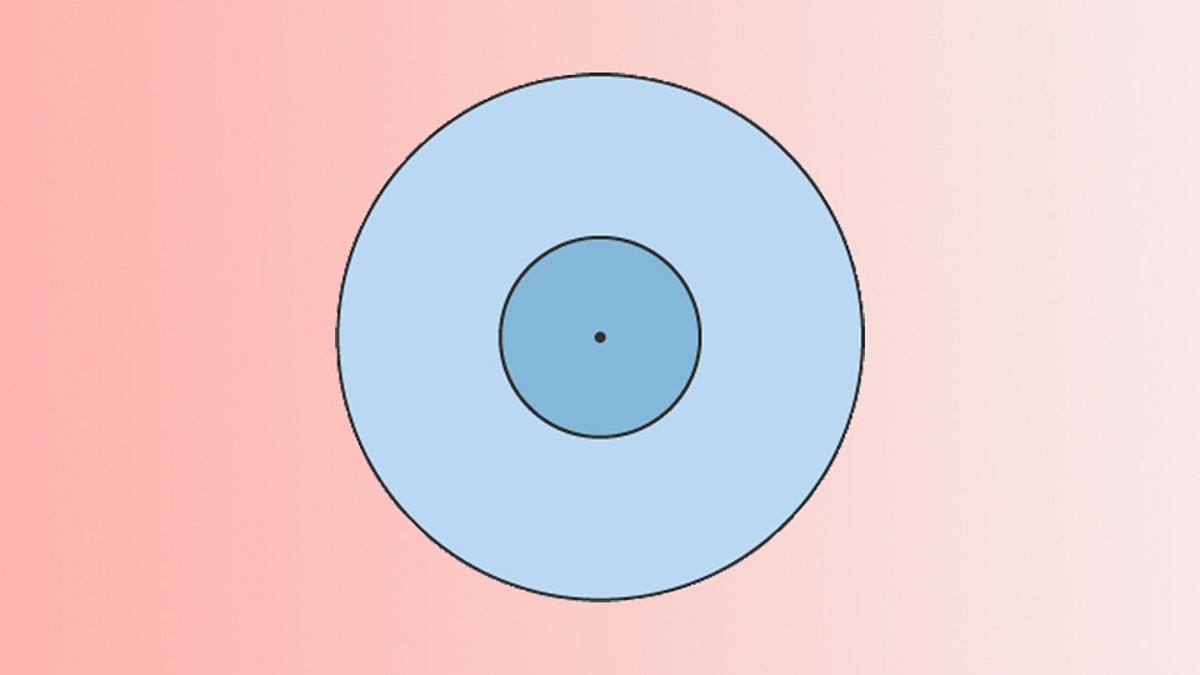
What is the Circle Method? The Circle Method is a powerful tool for solving mathematical problems, especially in combinatorics and number theory. It was developed by mathematicians G.H. Hardy and J.E. Littlewood in the early 20th century. This technique involves complex analysis and Fourier series to estimate the number of solutions to various equations. The method has been instrumental in proving significant results, such as the Waring's problem and the Goldbach conjecture. Understanding the Circle Method can open doors to advanced mathematical concepts and provide a deeper appreciation for the beauty of mathematics. Let's dive into 26 fascinating facts about this intriguing method!
What is the Circle Method?
The Circle Method is a mathematical technique used primarily in number theory. It was developed by mathematicians G.H. Hardy and J.E. Littlewood. This method helps solve problems involving the distribution of prime numbers and other number-theoretic functions.
- The Circle Method was introduced in the early 20th century by Hardy and Littlewood.
- It is used to estimate the number of solutions to certain equations in number theory.
- The method involves integrating a function over a complex plane, specifically around a circle.
- Hardy and Littlewood initially applied it to the Waring's problem, which involves expressing numbers as sums of powers.
- The Circle Method has been instrumental in advancing the understanding of prime numbers.
- It uses Fourier analysis, a mathematical tool that breaks down functions into sine and cosine components.
- The method has applications beyond number theory, including in mathematical physics.
- It is considered one of the most powerful tools in analytic number theory.
Key Components of the Circle Method
Understanding the Circle Method requires familiarity with several key components. These elements work together to make the method effective.
- One key component is the use of generating functions, which encode sequences of numbers as coefficients of power series.
- Another important element is the application of complex analysis, particularly contour integration.
- The method also relies on the concept of major and minor arcs, which divide the circle into regions with different properties.
- Major arcs correspond to regions where the generating function behaves predictably.
- Minor arcs are regions where the generating function is more erratic and harder to analyze.
- The method often involves approximating sums by integrals, a technique known as the Euler-Maclaurin formula.
- It also uses the concept of exponential sums, which are sums of complex exponentials.
Applications of the Circle Method
The Circle Method has been applied to solve various problems in number theory and beyond. Its versatility makes it a valuable tool for mathematicians.
- One famous application is in proving the Vinogradov's theorem, which states that every sufficiently large odd integer can be expressed as the sum of three prime numbers.
- The method has also been used to study the distribution of prime numbers in arithmetic progressions.
- It helps in understanding the Goldbach conjecture, which posits that every even integer greater than two is the sum of two primes.
- The Circle Method has applications in the study of partition functions, which count the number of ways an integer can be expressed as a sum of positive integers.
- It is used in the analysis of L-functions, which are complex functions with deep connections to number theory.
- The method has been applied to problems in additive combinatorics, a field that studies the additive properties of sets of numbers.
- It has also been used in the study of Diophantine equations, which are polynomial equations with integer solutions.
Challenges and Limitations
Despite its power, the Circle Method has limitations and challenges. Understanding these can help in effectively applying the method.
- One challenge is dealing with the minor arcs, where the generating function behaves unpredictably.
- The method often requires deep knowledge of complex analysis and Fourier analysis, making it inaccessible to those without advanced mathematical training.
- It can be computationally intensive, requiring significant resources for certain problems.
- The Circle Method is not always applicable to every problem in number theory, and alternative methods may be needed in some cases.
Final Thoughts on the Circle Method
The Circle Method offers a unique approach to problem-solving and creativity. By focusing on collaboration, open dialogue, and continuous feedback, it encourages innovation and effective communication. This method isn't just for businesses; it can be applied in education, community projects, and even personal development. The key is to create an environment where everyone feels valued and heard.
Implementing the Circle Method can lead to better decision-making, stronger relationships, and a more inclusive atmosphere. Whether you're tackling a complex project or looking to improve team dynamics, this approach provides a structured yet flexible framework. Give it a try and see how it can transform your work and life.
Was this page helpful?
Our commitment to delivering trustworthy and engaging content is at the heart of what we do. Each fact on our site is contributed by real users like you, bringing a wealth of diverse insights and information. To ensure the highest standards of accuracy and reliability, our dedicated editors meticulously review each submission. This process guarantees that the facts we share are not only fascinating but also credible. Trust in our commitment to quality and authenticity as you explore and learn with us.
